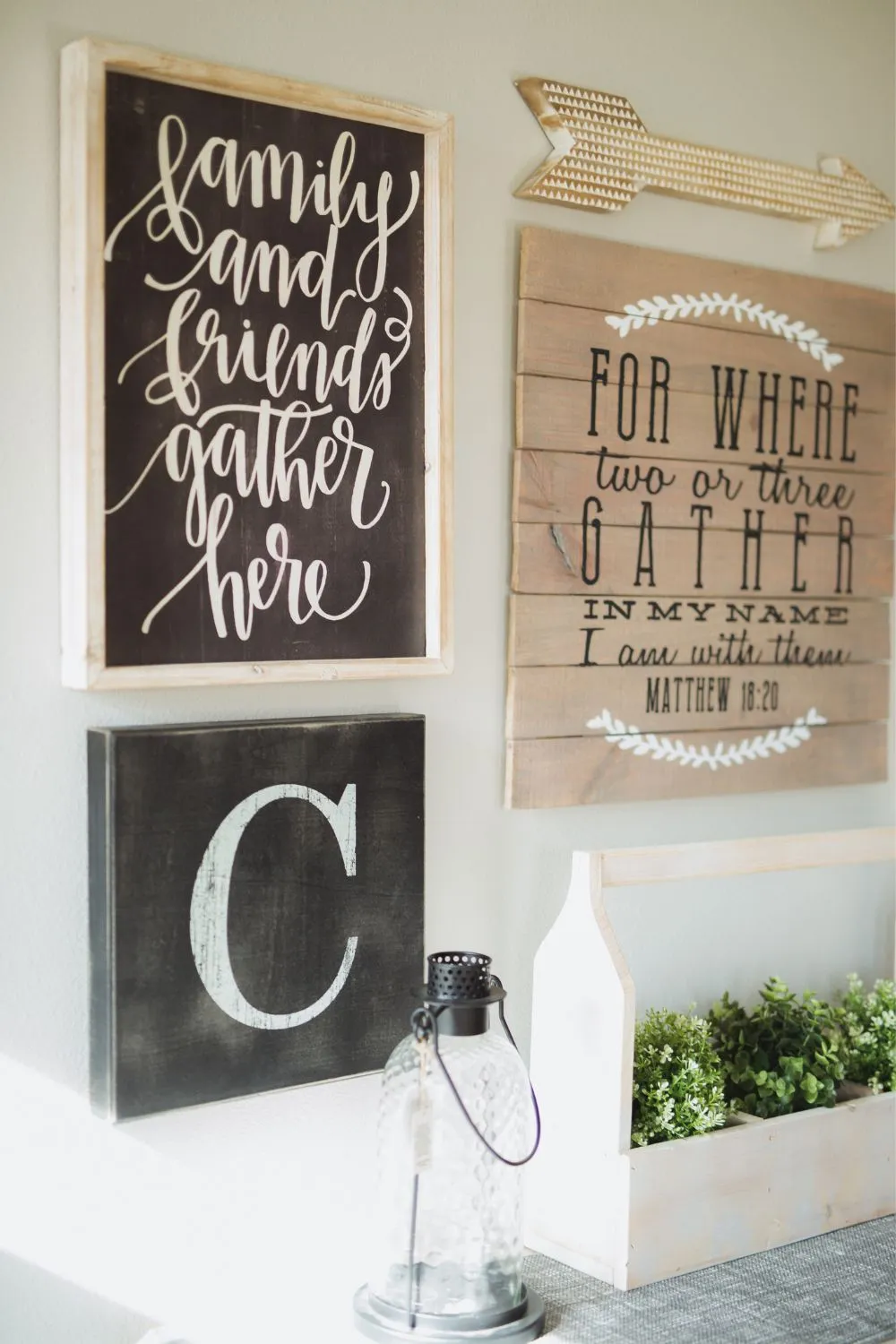Farmhouse Kitchen Decor DIY Essentials
Transforming your kitchen into a charming farmhouse haven doesn’t have to break the bank. With a little creativity and some DIY spirit, you can achieve a warm, inviting space that reflects your personal style. The beauty of farmhouse kitchen decor lies in its simplicity and the use of natural elements. This guide provides you with inspiration, practical advice, and step-by-step instructions to get you started on your farmhouse kitchen decor DIY journey. From choosing the right color palette to selecting the perfect accessories, we’ll cover everything you need to know to create the kitchen of your dreams. Remember, the goal is to create a space that feels both comfortable and stylish, where you can enjoy cooking, dining, and gathering with loved ones. Let’s begin this exciting adventure of creating your ideal farmhouse kitchen.
Choosing the Right Color Palette
The color palette is the foundation of any successful farmhouse kitchen design. It sets the tone and ambiance of the entire space. Farmhouse style typically embraces a neutral color scheme with pops of color to add visual interest. This approach creates a sense of calm, spaciousness, and timeless elegance. Consider the existing light in your kitchen, as this will affect how colors appear. Darker kitchens will benefit from lighter shades, while brighter kitchens can handle a wider range of colors. Don’t be afraid to experiment with different shades and tones to find the perfect combination that suits your taste and the overall aesthetic you want to achieve. Remember, the colors you choose will have a significant impact on the overall feel of your kitchen, so take your time and make informed decisions.
Neutral Colors and Their Benefits
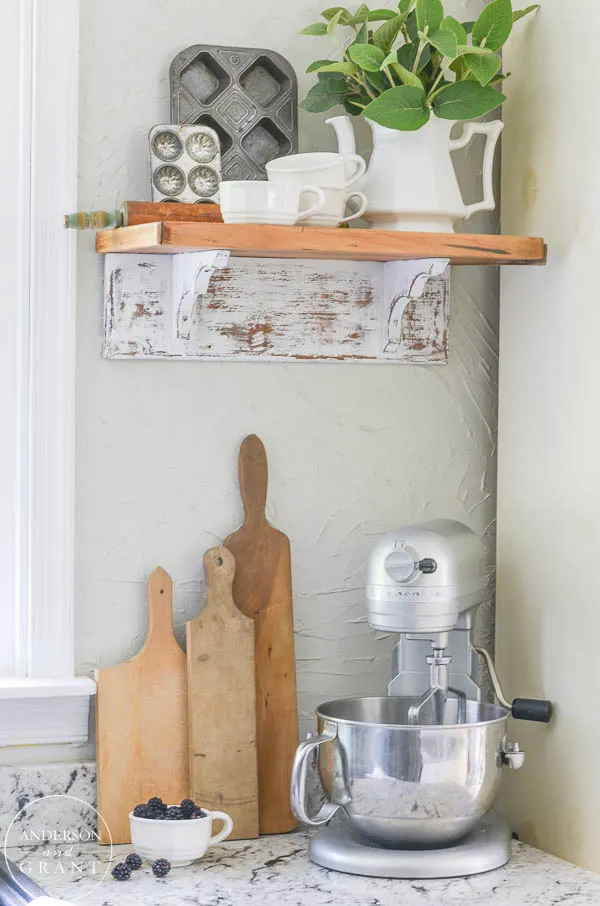
Neutral colors are the cornerstone of farmhouse kitchen design. They create a clean, airy, and inviting atmosphere. Think of creamy whites, soft grays, warm beiges, and muted off-whites. These colors provide a versatile backdrop that allows other elements of your kitchen, such as accessories and textures, to shine. Neutral palettes also make the space feel larger and brighter, especially in kitchens with limited natural light. The beauty of neutrals is their ability to adapt to changing trends and styles, ensuring your kitchen remains timeless. Furthermore, they provide a sense of continuity and flow, connecting the kitchen with other areas of your home. When choosing neutral paint colors, consider the undertones – warm undertones (yellow or brown) create a cozier feel, while cool undertones (blue or green) offer a more crisp and modern look. Ultimately, the choice depends on the existing features of your kitchen and your personal preference.
Accent Colors and How to Use Them
While neutral colors form the base, accent colors add personality and visual interest to your farmhouse kitchen. Introduce pops of color through accessories, textiles, and small appliances. Popular accent colors for farmhouse kitchens include soft blues, sage greens, muted yellows, and rustic reds. You can incorporate these colors through painted furniture, decorative items, or even a statement piece of artwork. Consider using accent colors strategically to highlight specific areas of your kitchen or to create a focal point. For example, painting the island a different color or adding colorful dish towels and curtains. The key is to strike a balance – the accent colors should complement the neutral base without overwhelming the space. By carefully selecting and incorporating accent colors, you can infuse your farmhouse kitchen with character, warmth, and a touch of your personality, creating a truly unique and inviting space.
DIY Kitchen Cabinet Makeover
One of the most impactful DIY projects for a farmhouse kitchen is a cabinet makeover. It can dramatically transform the look and feel of your kitchen without the expense of a complete renovation. Depending on the condition of your cabinets, you can either paint them or reface them. Painting is a more cost-effective option, while refacing involves applying new veneer or replacing the cabinet doors and drawer fronts. Before you start, thoroughly clean your cabinets and sand them lightly to ensure the paint adheres properly. Then, choose a durable paint specifically designed for kitchen cabinets, and apply several thin coats for a smooth, even finish. When refacing, carefully measure and install the new doors and drawer fronts, paying attention to alignment and hardware placement. Either of these processes can create an instant refresh and will give your kitchen a classic farmhouse aesthetic that you will love. Remember to consider the existing style of your kitchen, to determine the best methods for the makeover.
Painting or Refacing
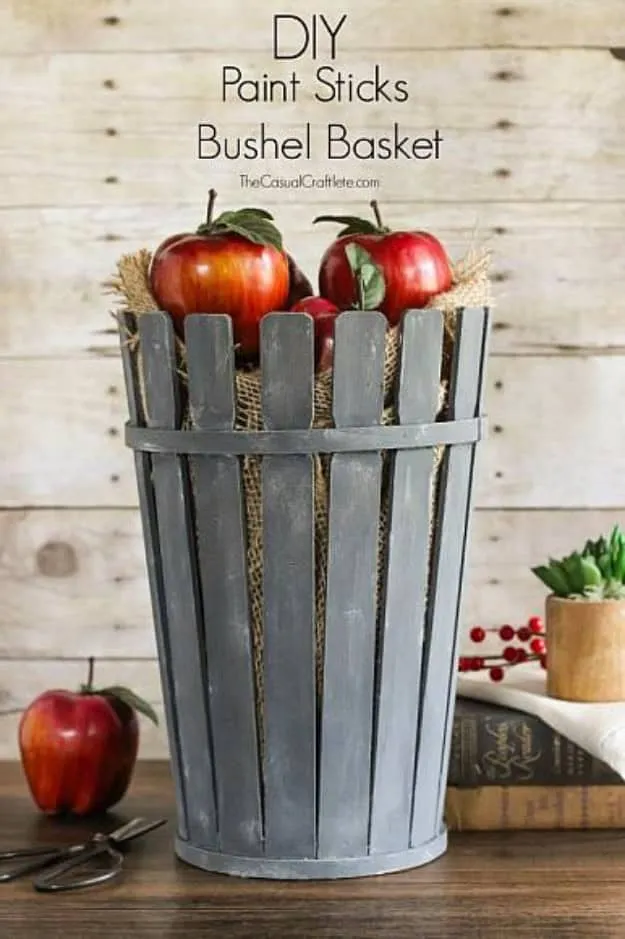
Painting your kitchen cabinets is a rewarding DIY project that can significantly update your kitchen’s appearance. Start by removing the cabinet doors and drawers, and then thoroughly clean them with a degreaser to remove any dirt or grime. Lightly sand the surfaces to create a slightly rough texture for the paint to adhere to. Priming is essential; it helps the paint bond to the cabinets and provides a uniform base for the color. Choose a high-quality cabinet paint in your desired color and apply several thin coats, allowing each coat to dry completely before applying the next. Refacing, on the other hand, involves replacing the cabinet doors and drawer fronts while keeping the existing cabinet boxes. This is a great option if the cabinet boxes are in good condition but the doors are outdated. Measure carefully and order new doors and drawer fronts in a farmhouse-friendly style. Both projects can drastically change the look of your kitchen.
Hardware Updates
Hardware is the jewelry of your kitchen cabinets, and upgrading it can instantly elevate the farmhouse aesthetic. Consider replacing your existing knobs and pulls with ones that reflect the farmhouse style, such as antique brass, brushed nickel, or wrought iron. Choose hardware with simple, classic designs like cup pulls, bin pulls, or knobs with a subtle vintage touch. The hardware should complement the color and style of your cabinets and the overall design of your kitchen. Before purchasing, measure the existing hardware to ensure the new hardware fits the same holes. If the hole spacing is different, you may need to fill and re-drill the holes. Updating hardware is a relatively inexpensive DIY project that can make a big difference in the look of your kitchen. It’s often the small details, like the hardware, that can make the biggest visual impact and tie all the elements together.
Farmhouse Decor Accessories
Accessories are the finishing touches that bring the farmhouse style to life in your kitchen. They add character, personality, and visual interest, making the space feel warm and inviting. The key is to choose items that reflect the rustic, vintage, and functional nature of farmhouse design. Incorporate elements like vintage scales, wooden cutting boards, mason jars, and enamelware. Displaying these items on open shelves, countertops, or a kitchen island will create an authentic farmhouse feel. Look for accessories with natural textures, such as wood, metal, and woven materials. Consider adding decorative items that are both beautiful and functional. Accessories are an easy and inexpensive way to customize your kitchen and infuse it with your personal style. Don’t be afraid to mix and match different textures and styles to create a unique and eclectic look that tells a story.
Creating a Gallery Wall
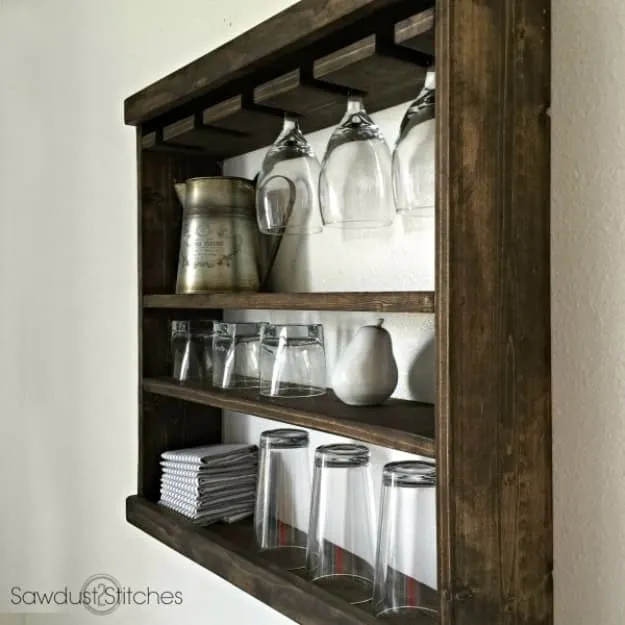
A gallery wall is a fantastic way to add personality and visual interest to your farmhouse kitchen. Select a variety of framed prints, photographs, and artwork that reflect the farmhouse aesthetic. Choose a mix of sizes, shapes, and styles to create a dynamic and visually appealing display. Consider using frames with a rustic or vintage look, such as distressed wood or antique metal. Themes can also be introduced to enhance the style of the wall, such as the use of kitchen related prints, or family memories. Before you start hanging the artwork, lay out the arrangement on the floor to ensure it looks balanced and cohesive. Once you’re happy with the layout, transfer it to the wall, using painters tape to mark the placement of each frame. A gallery wall is a great way to showcase your personal style and add a touch of warmth and character to your kitchen.
Adding Open Shelving
Open shelving is a staple in farmhouse kitchen design, offering both functionality and a stylish display area. It’s a perfect spot to showcase your favorite dishes, cookbooks, and decorative items. Opt for shelves made of reclaimed wood or distressed metal to enhance the rustic aesthetic. Consider the placement of the shelves, ensuring they are easily accessible and don’t obstruct the flow of the kitchen. Open shelving also provides a great opportunity to add pops of color and texture to your kitchen. Style the shelves with a mix of practical and decorative items, such as glass jars filled with grains, vintage canisters, or small potted herbs. Organize the items in a visually appealing way, grouping similar items together and varying the heights and depths of the objects. Open shelving not only adds character to your kitchen, but also makes frequently used items easily accessible, enhancing both the functionality and the charm of your space.
Textiles and Soft Furnishings
Textiles play a crucial role in creating a cozy and inviting farmhouse kitchen. They add texture, warmth, and visual interest to the space. Choose fabrics with natural textures and patterns, such as linen, cotton, and burlap. Consider incorporating these fabrics through curtains, dish towels, table runners, and throw pillows. Textiles are a simple way to infuse color and pattern into your kitchen, and they can be easily changed to update the look and feel of the space. Select patterns that complement the overall color scheme, such as stripes, checks, or floral prints. Keep the design of the patterns balanced with the decor to provide visual interest, without overwhelming the area. Additionally, textiles add a soft and welcoming touch to the often-hard surfaces of a kitchen, making it a more comfortable and enjoyable place to spend time. They are a great way to experiment with different textures and patterns, allowing you to personalize your kitchen and create a space that feels truly your own.
Choosing the Right Fabrics

When selecting fabrics for your farmhouse kitchen, prioritize natural materials and textures. Linen and cotton are excellent choices because they offer a soft, relaxed feel and are easy to care for. Burlap adds a rustic touch, while ticking stripes or gingham checks create a classic farmhouse look. Consider the durability of the fabrics, especially for items like curtains and dish towels that will be used frequently. Choose fabrics that are easy to wash and maintain, as kitchen textiles are prone to spills and stains. Neutral colors and simple patterns are ideal for creating a cohesive and timeless look. You can also introduce accent colors through fabrics, such as a blue and white striped curtain or a red and white checked table runner. Experiment with different textures and patterns to find the perfect combination that complements your kitchen’s design and reflects your personal style. The right fabrics will enhance the farmhouse feel, adding warmth and a sense of comfort.
Adding Throw Pillows and Blankets
Throw pillows and blankets are a simple yet effective way to add comfort and visual interest to your farmhouse kitchen, especially if you have a breakfast nook or a seating area. Choose pillows in various sizes, shapes, and textures to create a layered look. Select fabrics that complement the overall color scheme of your kitchen, incorporating patterns and textures that enhance the farmhouse aesthetic. Consider using pillows with linen covers, burlap details, or embroidered designs. Place the pillows on benches, chairs, or a cozy corner to create an inviting seating area. Blankets, such as a chunky knit throw or a woven blanket, can be draped over the back of a chair or placed in a basket for easy access. These soft furnishings add warmth, texture, and a sense of relaxation to the space. They also provide an opportunity to incorporate accent colors and patterns, creating a cohesive and inviting atmosphere in your farmhouse kitchen. With the right selection of throw pillows and blankets, you can transform your kitchen into a cozy retreat.
Lighting and Ambiance
Lighting is a critical element in setting the mood and ambiance of your farmhouse kitchen. It affects the way the space looks and feels. The key is to layer different types of lighting to create a well-lit and inviting environment. Start with ambient lighting, which provides overall illumination. Then, add task lighting for specific areas, such as the countertops and the island. Finally, incorporate accent lighting to highlight decorative features. Consider the style of your light fixtures, choosing those that reflect the farmhouse aesthetic. Opt for fixtures made of metal, wood, or glass, with simple, classic designs. Choose warm-toned light bulbs to create a cozy and inviting atmosphere. Lighting can also be used to enhance the architectural details of your kitchen, such as highlighting exposed beams or adding a soft glow to open shelving. Experiment with different lighting arrangements to find the perfect balance that suits your needs and enhances the overall farmhouse feel.
Choosing the Right Fixtures
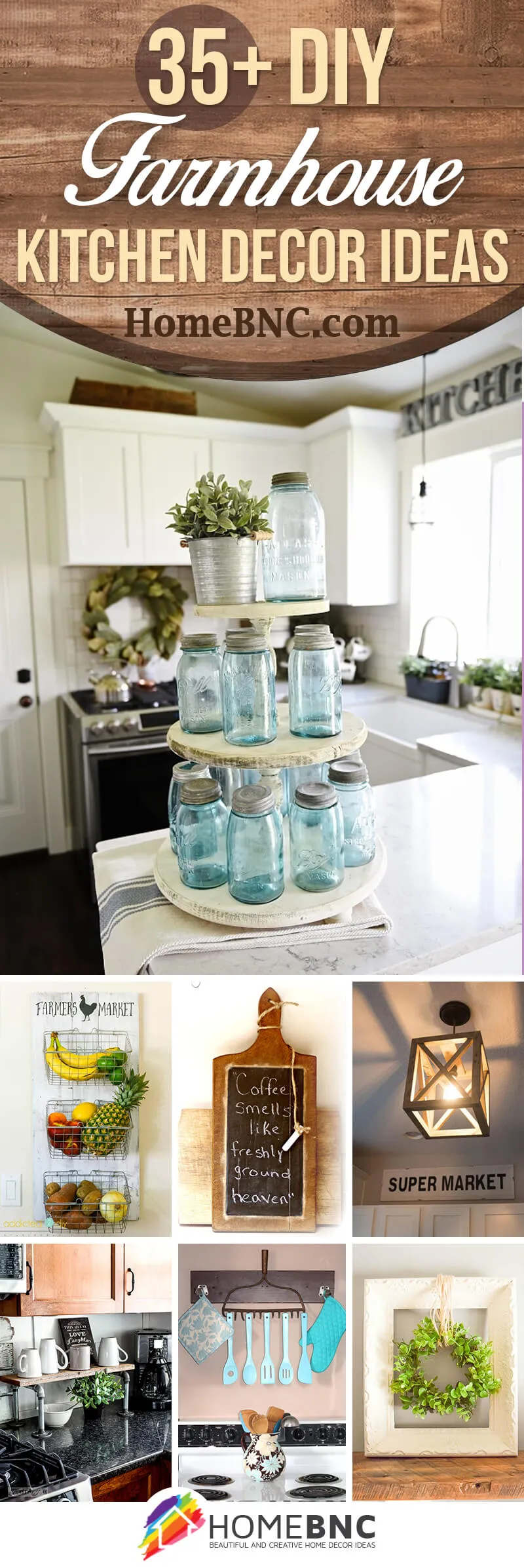
When choosing light fixtures for your farmhouse kitchen, consider styles that complement the rustic and vintage aesthetic. Pendant lights above the island or kitchen table are a popular choice, as they provide focused task lighting and add visual interest. Look for fixtures made of metal, such as wrought iron or galvanized steel, or those with a vintage-inspired design. Lantern-style pendants or chandeliers with Edison bulbs can also create a cozy and inviting atmosphere. For ambient lighting, consider using recessed lights or a track lighting system. Under-cabinet lights are great for providing task lighting on countertops. The right fixtures can enhance the functionality and style of your kitchen. Mix and match different types of fixtures to create a layered lighting scheme. The fixtures should complement your overall design, while adding a touch of character and charm. Consider the size and scale of the fixtures relative to the space, ensuring they fit appropriately.
Adding Natural Light
Natural light is a key component of any farmhouse kitchen, making the space feel brighter, airier, and more inviting. Maximize the amount of natural light by keeping windows unobstructed and using light-colored window treatments. Consider removing heavy curtains or drapes and replacing them with sheer curtains or blinds that allow light to filter through. Mirrors can be strategically placed to reflect natural light and make the space appear larger. If you have the option, consider adding a skylight or expanding your windows to let in more natural light. Proper lighting can drastically change the feel and aesthetics of your kitchen. Combine natural light with artificial lighting to create a well-lit and balanced environment. The more natural light you have, the warmer, and more welcoming your kitchen will be. Ensure that your kitchen design allows for maximum natural light to create a bright, airy space.
DIY Rustic Table and Chairs
A DIY rustic table and chairs can serve as a centerpiece for your farmhouse kitchen, providing a space for dining and gathering. Building a table from reclaimed wood is a relatively straightforward DIY project that adds character and charm to the space. Consider sourcing reclaimed wood from a local lumberyard or salvage yard. Once you have the wood, you can build the table using simple woodworking techniques. For the chairs, you can either build them from scratch or repurpose existing chairs, adding a rustic touch by painting them or distressing the finish. The key is to choose materials and finishes that complement the overall farmhouse aesthetic. A rustic table and chairs create a warm and inviting space for family meals and gatherings. A DIY table will allow for custom design. Incorporating a DIY project into your farmhouse kitchen decor not only adds a personal touch but also provides a rewarding experience, allowing you to create a unique and functional space. The materials and the design will enhance your overall farmhouse aesthetic.
